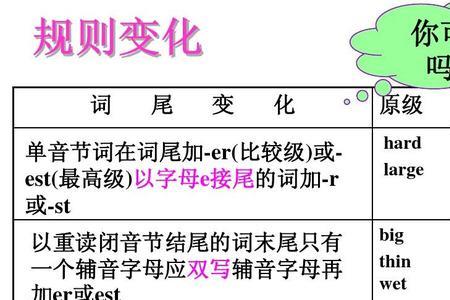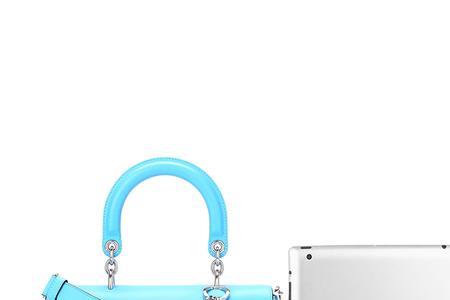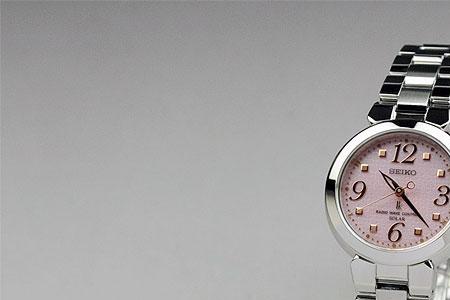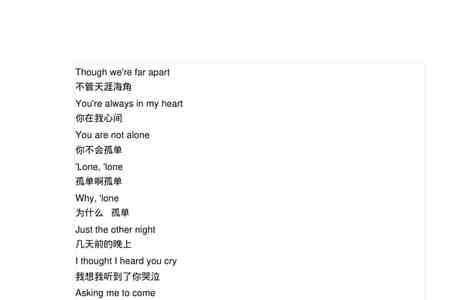形容词、副词的比较级和最高级的变化规律:1.单音节形容词或副词后面直接加-er或-esttall—taller—tallest
fast—faster—fastest
2、以-e结尾的单音节形容词或副词直接加-r或-stlarge—larger—largest
nice—nicer—nicest
3、以-y结尾的形容词或副词,改-y为-i再加-er或-estbusy—busier—busiest
early—earlier—earliest
4、形容词或副词是重读闭音节时,双写最后的辅音字母,再加-er或-esthot—hotter—hottest
big—bigger—biggest
5、多音节形容词或副词前面直接加more或mostdelicious—more
delicious—most
deliciousbeautiful—more
beautiful—most
beautiful
6、不规则变化good
(well)—better—best
bad
(badly)—worse—worst
形容词、副词的比较级和最高级的句子公式比较级最高级形容词物体A
+
am
/
are
/
is
+
形比
+
than
+
物体B.I
am
taller
than
you.Pasta
is
more
delicious
than
pizza.物体A
+
am
/
are
/
is
+
the
+
形最高级
+
比较范围(of
+
人/物,in
+
地方).I
am
the
tallest
in
the
class.Pasta
is
the
most
delicious
food
of
the
three.副词物体A
+
行为动词
+
副比
+
than
+
物体B.Cheetahs
run
faster
than
goats.He
studies
better
than
me.物体A
+
行为动词
+
副词最高级
+
比较范围(of
+
人/物,in
+
地方).
Cheetahs
run
fastest
in
the
world.He
studies
best
of
us.






